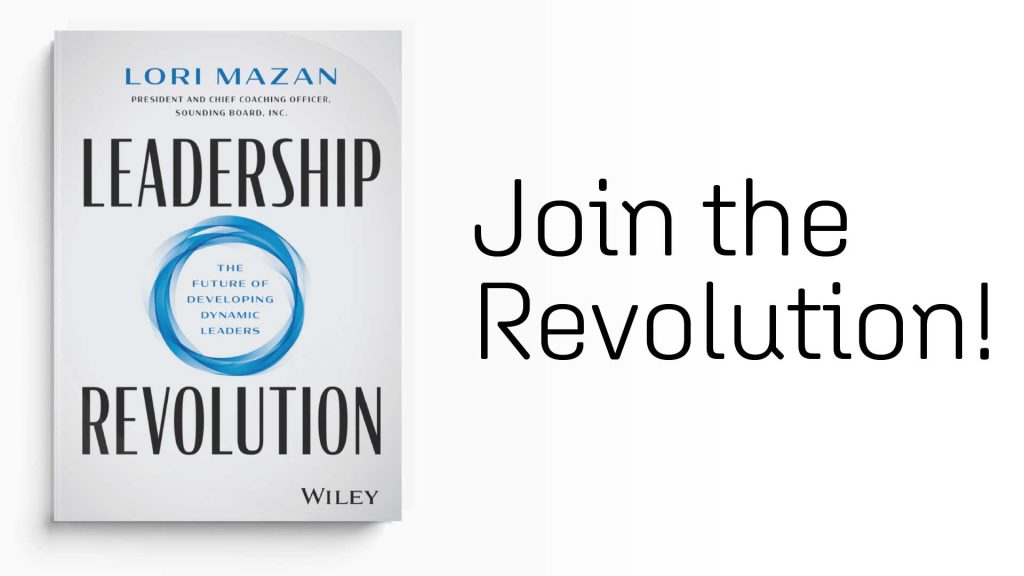Managers today are tasked with more than ever before. In addition to leading their teams, they are also expected to help develop talent, foster diversity, equity, and inclusion, and support competing priorities from both upper management and their direct report.
New managers especially often struggle to find their footing as they transition from individual contributor to leader. They’re left to figure out the nuances of effective leadership and management independently, while being squeezed from all directions. This puts company culture, business objectives, and talent retention at risk.
To equip first-time managers with the capabilities and knowledge needed to succeed in their new role, organizations must consider the unique challenges this cohort faces. First-time managers need to develop a leadership style that fits their identity, their role, and their organization. They must learn the subtleties between compliance and commitment, learn to delegate and trust their team, and shift their way of thinking to a more expansive, strategic mindset.
Find a leadership style that fits
Creating a leadership style isn’t about just choosing a managerial identity or imitating a style admired in previous managers. Although this tactic might prove effective, it can be problematic if that style doesn’t match a manager’s inherent traits and characteristics. In their 2020 Harvard Business Review article, “How to Develop Your Leadership Style, Suzanne J. Peterson, Robin Abramson, and R.K. Stutman wrote that “a great leadership style can make people appear more competent than they truly are, and a poor style can drag down a superior skill set.”
Meaning, a new manager shouldn’t try to be a strict disciplinarian if their personality is warm and personable. Nor should they try to be a transformational leader if that doesn’t play to their skill sets. Instead, it’s more comfortable and more effective if the individual works to understand their strengths, weaknesses, and values. This requires self-reflection and keeping two things in mind:
- A leader’s style should be flexible and promote the idea of asking for help.
- Consistency when applying a leadership style builds stability within an organization.
Being authentic is also important to build trust with direct reports because it helps them to learn who their leader is and what to expect.
Understand commitment vs. compliance
New managers also have to understand the difference between enforcing compliance and promoting commitment. An ineffective manager might abuse their power and discipline employees too harshly to instill compliance. This can backfire because it may incentivize employees to follow blindly. This behavior is undesirable in the optimal organizational culture because it stymies diverse thinking, innovation, and creative problem-solving. Human beings and their motivations are complex, and relying on compliance can also result in team members who offer the bare minimum by way of engagement and effort, becoming insubordinate, and quitting quietly after reaching their breaking point.
On the other hand, new managers who engender employee loyalty by encouraging their commitment will reap far better outcomes. In this context employee loyalty is a mindset that fully aligns an individual with the organization, guiding them along the journey from compliance to commitment, according to Marcel Parker and Vijay Sivaram in their People Matters article with the same name. If new managers are to encourage their teams to complete their best work, they need to build trust, and leverage a strong understanding of interpersonal dynamics. To accomplish this and produce strong business outcomes over time, new managers:
- Need to recognize their role in setting the tone for work culture and how their behavior influences employees’ behavior and standards.
- Demonstrate interest in employees’ input and expertise.
- Show vulnerability and honesty about their capabilities to strengthen workplace bonds.
- Recognize the tone they’re setting for the workplace culture.
- Find ways to let employees know they value their contributions and how important they are to the organization.
Transition from doing-it-all to delegating
A new manager’s biggest challenge may be recognizing that they no longer have to do all the work themselves. Delegation is a surprisingly multifaceted skill, yet many new managers downplay it. When viewed objectively, delegation is a process with several moving parts. When struggling to delegate, leaders can take these steps to assign tasks successfully:
- Generate a vision, direction, or outcome.
- Divide the overarching goal into specific tasks.
- Assess team capabilities to identify those best suited to complete each task.
- Communicate delegated tasks and deadlines clearly to ensure they’re understood.
- Periodically review the delegation process to ensure it’s gaining momentum.
- Evaluate the outcome for each task, and follow up with positive and/or constructive feedback.
New managers who were once high-performing individual contributors may default to completing tasks themselves, believing it’s quicker. In reality, they end up overworked with an underutilized and unmotivated team. Their effectiveness as new leaders means learning how to access the leadership capabilities necessary to level up their soft skills, which is key for effective delegation, and coaching is a proven way to acquire these capabilities.
Top capabilities for first-time managers in the digital age
Shifting demographics in virtual and hybrid workplaces, changing cultural norms, and increasing reliance on digital workplace technologies have changed how managers and employees interact. The importance of soft skills cannot be underestimated.
In fact, since the pandemic, companies are increasingly prioritizing social, emotional, and advanced cognitive skills and capabilities, according to a 2021 McKinsey survey shared in their article “Building workforce skills at scale to thrive during—and after—the COVID-19 crisis.” Many of these skills are critically important for new managers:
- Leadership and managing others
- Critical thinking and decision-making
- Project management
- Adaptability and continuous learning
- Interpersonal skills and empathy
While communication, adaptation, and teamwork have always been crucial soft skills for new managers in any industry to succeed, global events and the speed of change in an increasingly digital world have accelerated demand. Soft skills like these can seem tough to measure, but it’s essential that talent leaders know which soft skills to develop and what are the desired outcomes.
3 Mindset shifts new managers need to make
New managers who previously stood out as motivated self-starters with demonstrated individual achievements must now shift their attention toward their team’s performance and how to help them succeed, Dana Wilkie said in her 2020 SHRM article “Developing the Mindset and Skillset to Be a New Manager.” It takes time, self-reflection, patience, mentoring, and coaching.
1. From individual contributor to leader
A new manager’s past expertise is best utilized as it relates to measuring a team’s success — not by completing tasks themself; otherwise, they could end up overwhelmed managing two full-time jobs at once. Eventually, they may find they can’t fulfill either role effectively. A better approach is to practice delegation daily.
Talent leaders can help managers cultivate a habit of matching each task to team members with relevant skills. This helps leverage the abilities of an entire organization to complete tasks as effectively as possible. Effective delegation is a skill that takes time to learn and ensures the right people are working on assignments that fit their knowledge and skill sets. It frees a manager’s time to focus on higher-level tasks that help the company grow and thrive.
2. From a focus on daily objectives to a broader, strategic perspective
Managers are responsible for generating and implementing directives that benefit the entire organization, which requires strategic thinking beyond immediate tasks. Strategic thinking works the same way as planning a long car trip on a Global Positioning System (GPS). You enter the destination — or in business strategy, a high-level goal — into the system, and it generates a list of routes, factoring in distance and traffic congestion — high-level strategies. Once the route is determined, the driver focuses on a short-term destination, which is the journey’s first step, or to continue our business analogy, a more immediate outcome.
3. From a near exclusive self-focus to a team-focus
It’s essential for new managers to develop a team-focused mindset. However, it’s easy for them to forget this because much of the language they use daily is rooted in themselves, making it easy to slip out of a team mentality. They must develop the habit of making every communication — even casual conversations — about the team instead of themselves. Making these mindset shifts are just the first of many steps in the new manager’s leadership development process.
Mastering these steps helps these individuals learn to delegate, motivate employees, create high-performing teams, and much more. As with any habit, changing these mindset shifts isn’t easy. New managers need time, practice, and guidance to develop these three mindsets that will effectively support and develop others on their team. However, when combined with the right soft skills, they can become confident leaders while building and managing highly effective teams.
How HR can help turn new managers into dynamic leaders
HR plays a critical role in creating a safe environment where new managers can talk freely, and ensuring they have the support they need to develop optimal leadership capabilities. HR and other talent leaders must also encourage new managers to consistently model and demonstrate the following behaviors to cultivate a more strategic lens and operating system:
- Delegate and trust their teams’ skills and capabilities
- Eliminate micromanaging tendencies ○ Demonstrate confidence in their new role
- Stay focused on broader company-wide objectives
- Build and foster a diverse and inclusive culture where employees feel a sense of belonging
Global uncertainty, market volatility, and change are continually redefining the leader-employee dynamic. Yet, a 2022 Gartner study shows that 24% of HR leaders believe their leadership development approach doesn’t adequately prepare leaders for the future of work. There’s some work to be done there. HR should consider building internal and external leadership development and coaching programs that encourage development and practice of strategic thinking, communication, and other critical capabilities new managers will need as they work to elevate their teams and organizations.
Learn how your organization can better prepare and support first-time managers. Download our latest ebook: Closing the New Manager Leadership Gap.










